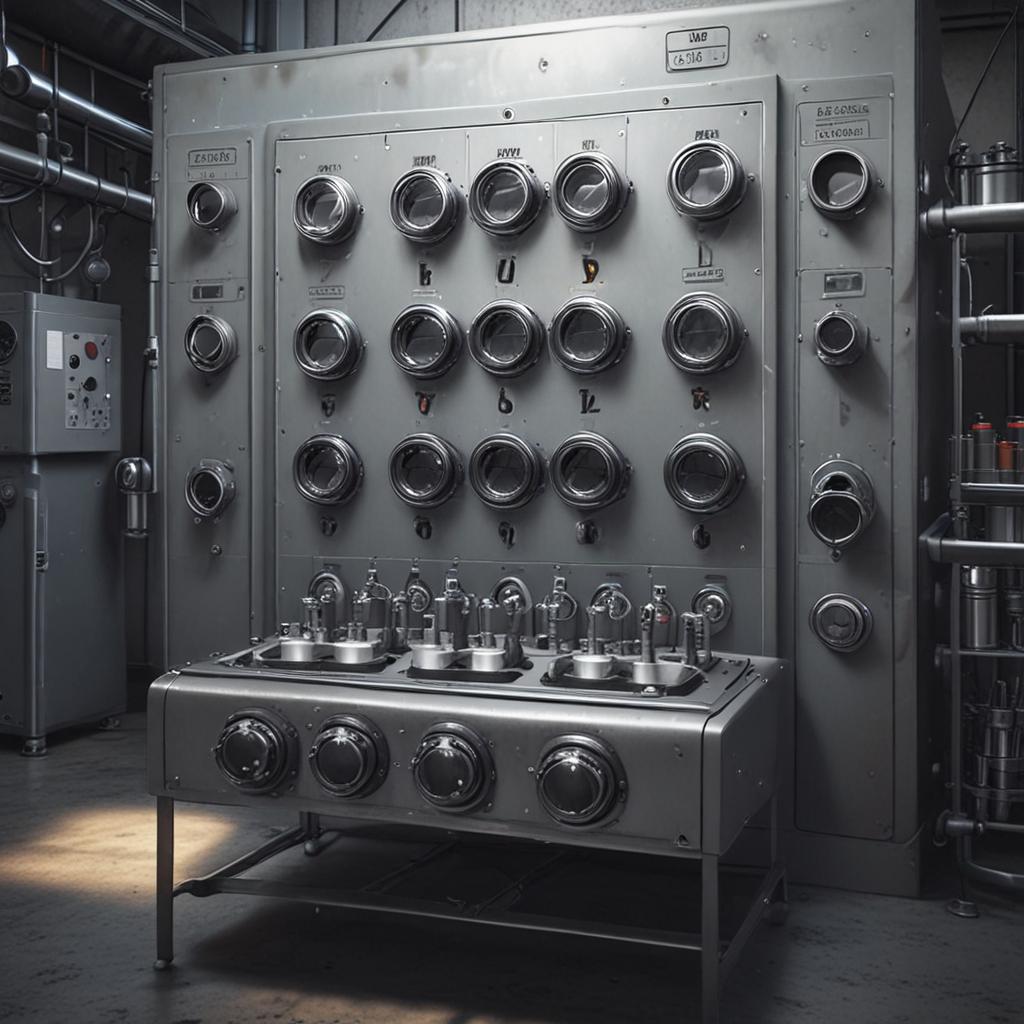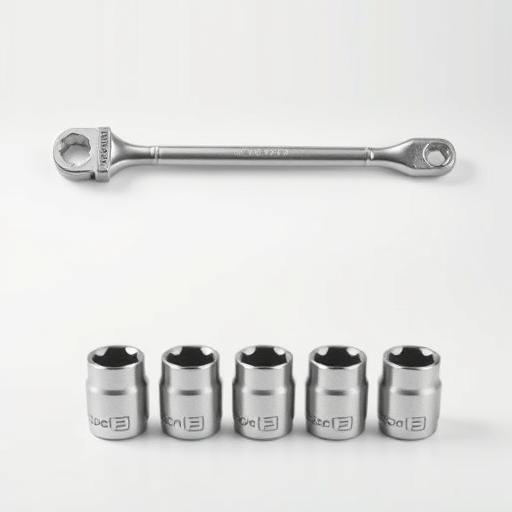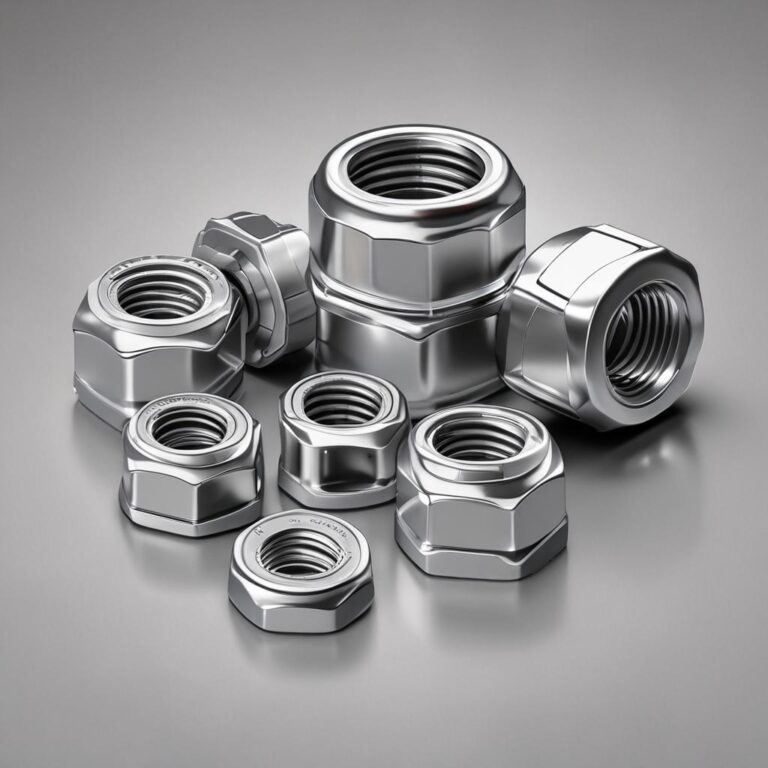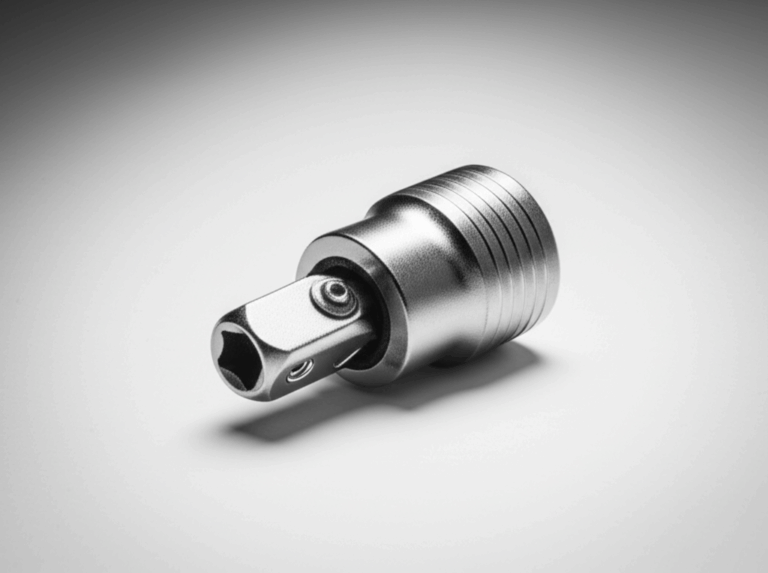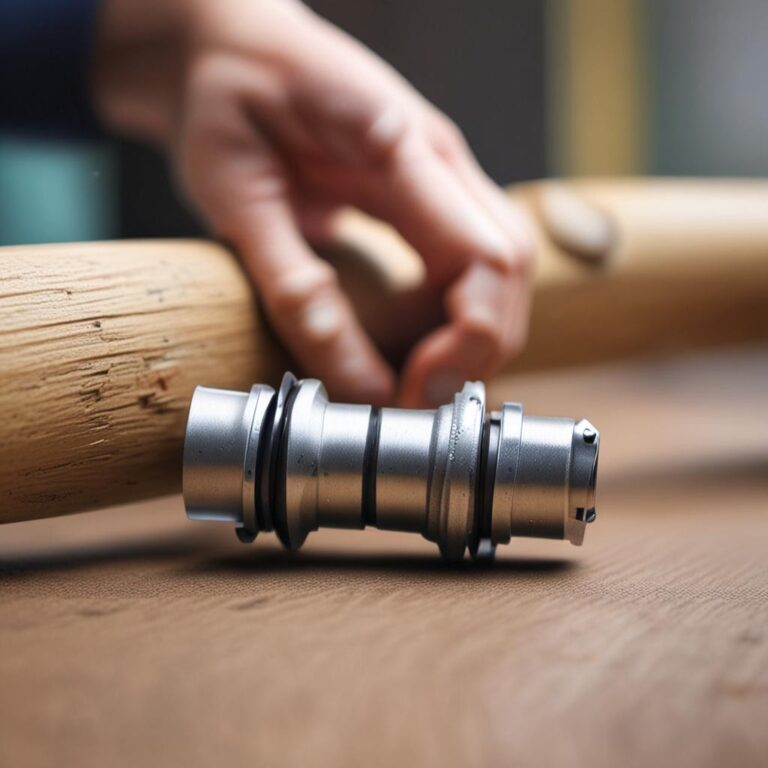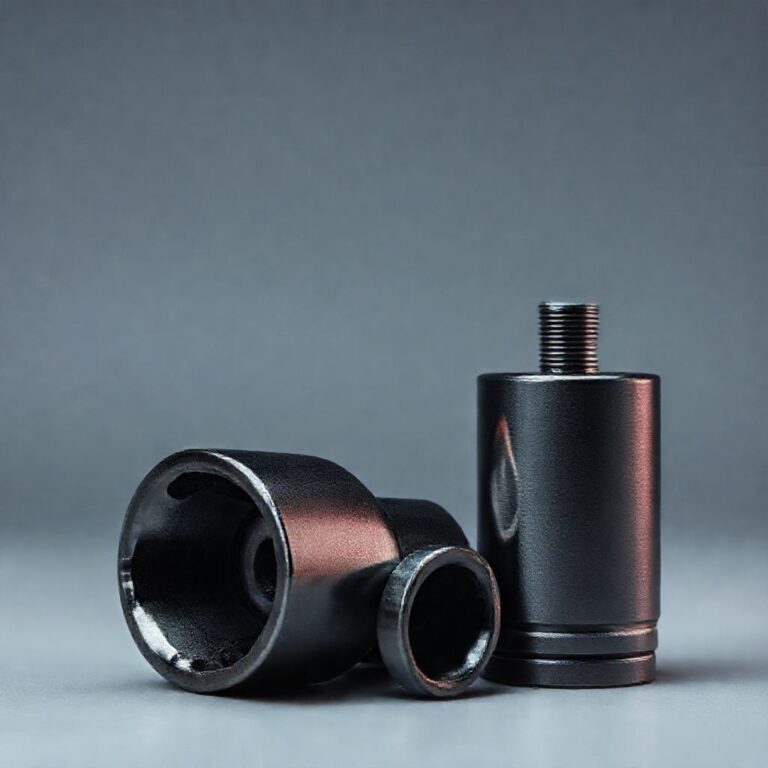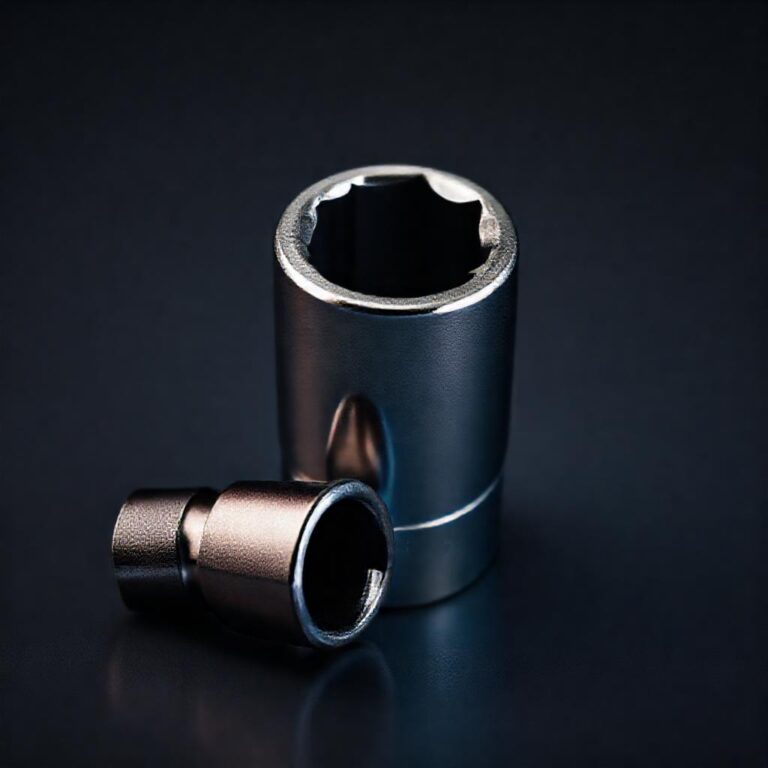What is Industrial Style Sockets
Industrial style sockets have become a standout feature in modern interior design, merging rugged functionality with a striking visual appeal. These electrical outlets and switches are designed to reflect the raw, utilitarian aesthetics of industrial spaces, often characterized by their metallic finishes, exposed mechanisms, and minimalist forms. Originally inspired by factory and workshop environments, industrial style sockets now serve as both practical fixtures and design statements, blending seamlessly into contemporary, rustic, and urban-inspired settings. Whether you’re renovating a loft apartment or upgrading a commercial workspace, these sockets offer a unique way to elevate your space while ensuring reliable performance.
Step-by-Step Process
Identify Socket Types
Determine industrial socket types like NEMA, IEC, or DIN standards.
Assess Power Requirements
Check voltage, current, and frequency ratings for compatibility.
Select Mounting Method
Choose between surface, flush, or panel mounting based on setup.
Verify Safety Features
Ensure sockets have grounding, overload, or short-circuit protection.
Install and Test
Mount socket securely and verify functionality with proper tools.
Process infographic for What is Industrial Style Sockets
Introduction to Industrial Style Sockets
Industrial style sockets are electrical outlets and switches that embrace the principles of industrial design, prioritizing structural elements and utilitarian details. They originated in the early 20th century, a time when factories and warehouses required electrical components that were robust and functional. Over the decades, this utilitarian approach has evolved into a design trend, now symbolizing a blend of form and function in both residential and commercial interiors. Their popularity soars in spaces where a bold, edgy look complements modern living, making them a favored choice for those aiming to infuse character into their environment.

Key Features of Industrial Style Sockets
Design and Aesthetic Elements
The defining aspect of industrial style sockets lies in their materials and visual design. Typically crafted from metal, brass, or iron, these sockets feature textured finishes, exposed screws, and uncluttered shapes that echo the aesthetics of machinery and infrastructure. The use of matte black, brushed nickel, or copper tones allows them to harmonize with both modern and vintage décors, while their minimalist design avoids unnecessary embellishments, focusing instead on clean lines and practicality.
Functional Characteristics
Industrial style sockets are engineered for durability, making them ideal for high-traffic areas like kitchens, workshops, or entryways. Their robust construction ensures they withstand frequent use and potential wear, while the rounded or squared shapes provide a tactile, user-friendly experience. Many designs also include reinforced wiring and secure connections, enhancing safety and longevity without compromising their rugged charm.
Versatility in Applications
These sockets adapt to a wide range of environments, from urban chic lofts to sleek office spaces. In homes, they can anchor a contemporary kitchen or serve as a focal point in a farmhouse-style dining room. In commercial settings, they complement industrial warehouses, co-working spaces, or even industrial-themed retail stores. Their adaptability makes them a bridge between eras, blending old-world craftsmanship with modern utility.
Types of Industrial Style Sockets
Wall-Mounted Sockets
Wall-mounted industrial sockets are the most common type, often installed in clusters to create a cohesive look. Their thick frames and sturdy finishes make them suitable for walls that require both reliability and visual impact. Ideal for spaces like home studios or garage workshops, they can also serve as decorative accents in minimalist interiors, offering a clean yet bold alternative to standard outlets.
Floor-Mounted Sockets
Floor-mounted sockets are a practical solution for open-plan environments where mobility is key. Installed directly into the floor, they provide easy access to power in areas like living rooms, patios, or communal office spaces. Their discreet design ensures they don’t disrupt the flow of the room while maintaining a strong industrial presence through metal grilles and secure covers.

Retractable and Modular Sockets
Modern adaptations of industrial sockets include retractable and modular options, which enhance flexibility in design. Retractable sockets allow users to pull the plug down when needed and conceal it otherwise, ideal for aesthetic consistency in homes and offices. Modular systems enable custom configurations, letting you tailor power setups to specific needs while retaining the industrial style’s signature edge.
Benefits of Using Industrial Style Sockets
Durability and Longevity
Metal and brass components ensure these sockets resist damage from daily use, outlasting traditional plastic or ceramic alternatives. Their reinforced build is particularly advantageous in high-traffic zones, where standard outlets might show signs of wear more quickly. This resilience translates to long-term savings, reducing the need for frequent replacements or repairs.
Aesthetic Appeal
Industrial sockets act as design elements in their own right, adding a touch of raw sophistication to any space. Their metallic sheen and structural details create a focal point, especially when paired with exposed light bulbs, concrete walls, or steel furniture. In a home with a mix of modern and rustic elements, these sockets can unify the look while highlighting a sense of purposeful design.
Practicality in Modern Spaces
Beyond their visual impact, these sockets offer functional benefits tailored to modern lifestyles. Their high power ratings accommodate heavy-duty appliances, and many models include USB ports for contemporary connectivity. Additionally, their compatibility with smart home systems ensures they meet the demands of tech-savvy users without sacrificing style.
How to Incorporate Industrial Style Sockets in Your Space
Choosing the Right Design
Selecting a socket that complements your existing decor is crucial. For minimalist interiors, opt for matte black or brushed nickel finishes with sleek, angular designs. In vintage-inspired spaces, copper or brass sockets with rivets or textured surfaces can add warmth. Always consider the socket’s scale in relation to the room—larger models suit expansive areas, while smaller ones work best in compact settings.
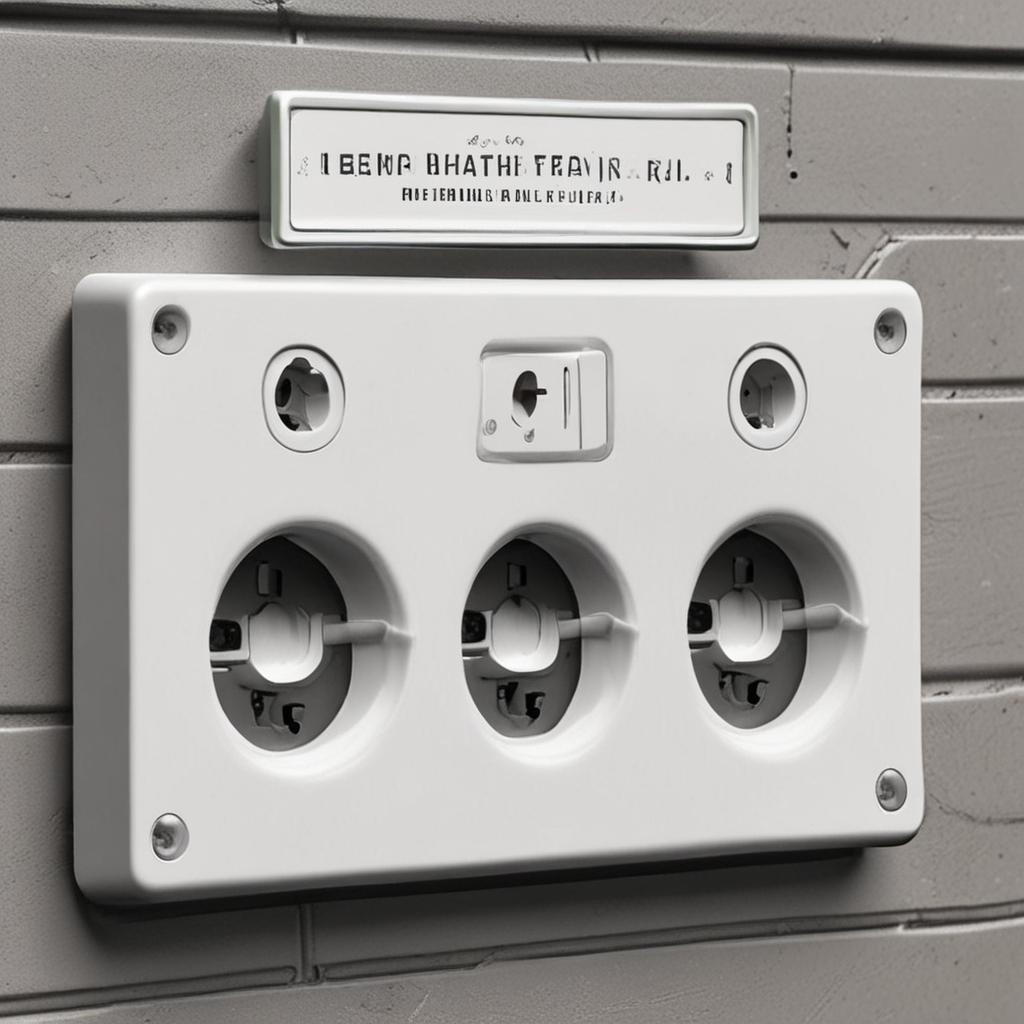
Placement and Installation Tips
Strategic placement maximizes both accessibility and visual appeal. In kitchens or workshops, group sockets together to align with appliances and tools. For living rooms, floor-mounted variants can be discreetly installed near couches or entertainment units. Professional installation is recommended to ensure safety, especially when retrofitting older wiring systems or integrating smart features.
Pairing with Other Industrial Elements
Enhance the industrial theme by pairing sockets with complementary elements. Pendant lighting with metal shades, reclaimed wood furniture, and concrete countertops create a cohesive aesthetic. Even in a contemporary apartment, a cluster of industrial sockets alongside a vintage-inspired chandelier can evoke a timeless, utilitarian vibe. Consistency in materials and finishes is key to achieving a harmonious look.
Maintenance and Care for Industrial Style Sockets
Cleaning and Upkeep
Maintaining the appearance of industrial sockets requires regular, gentle cleaning. Use a microfiber cloth and a mild soap solution to wipe away dust and fingerprints. For metal finishes, avoid abrasive cleaners that may scratch the surface. Routine checks for dust buildup around the outlet ports can prevent electrical hazards and preserve their functionality over time.
Troubleshooting Common Issues
Over time, industrial sockets may face issues like loose connections, rust stains, or dimming due to dust accumulation. Tighten any wobbling parts immediately to maintain safety. For rust, apply a small amount of oil and polish with a soft cloth. If a socket becomes discolored, use a metal-specific cleaner to restore its luster. Always unplug devices before cleaning to avoid accidents.
Conclusion
Industrial style sockets are more than just functional fixtures—they are a design choice that merges durability with bold visual appeal. Their roots in utilitarian environments have evolved into a trend that elevates modern living spaces, offering both practicality and a signature aesthetic. Whether you’re renovating a home or reimagining a commercial area, these sockets can transform your space into a statement of strength and style. Consider integrating them into your next project to experience the perfect blend of form and function firsthand.
FAQ Section
- What materials are industrial style sockets made of?
Industrial style sockets are typically crafted from metal, brass, or iron, ensuring durability and a striking aesthetic that complements industrial design themes.
Yes, they are highly versatile and can enhance modern home decor, especially in kitchens, living areas, or home offices seeking a rugged, stylish touch.
Use a soft cloth and mild cleaner to wipe the surface, avoiding harsh chemicals that might damage the finish or compromise safety.
Some models are weather-resistant and suitable for outdoor use, but always verify product specifications to ensure they meet safety standards for external environments.
While their price may exceed traditional counterparts due to high-quality materials and design, their long-term durability and aesthetic value often justify the investment.

